TYPES OF BOOK BINDING
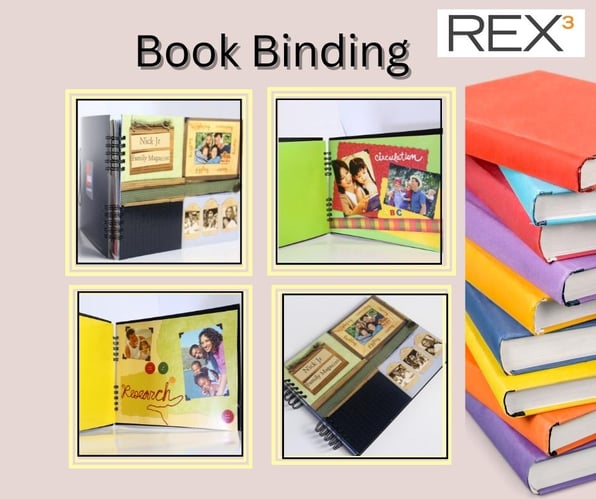
There are at least a dozen different ways to bind documents, and depending on the goal of the document, each has certain advantages and disadvantages.
Different bindings have different levels of sturdiness, some of which enable your book to lay flat when opened, and some of which have a very appealing appearance.
If you're currently attempting to decide which approach to take, we've included some information on popular strategies so that you can make an informed decision.
1. CASE BINDING
Also known as hardcover binding, this is by far the best binding technique you could pick. In fact, in the past, all major books were hard-bound. Basically, the inside pages are sewn together in sections. The sections are then glued to the end-papers which are finally glued to the cover’s spine. When opened, case-bound books lay flat on the table.
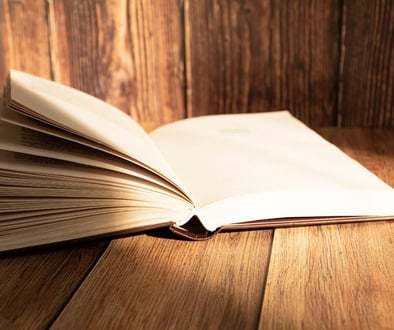
2. PERFECT BINDING
Case binding and perfect binding are both types of soft cover binding, with the exception of the inferior cover.
The heavy-weight cardstock paper used for a perfect binding cover is frequently coated or laminated to safeguard the book. The cover and pages are adhered together with an extremely strong glue with this form of binding. Often, the cover is trimmed to make it look ideal because it is longer than the pages.
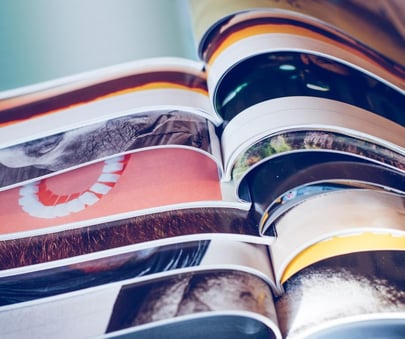
3. SADDLE STITCH BINDING
Saddle stitch binding is a great substitute for books or magazines that might only be used briefly (or for books with few pages).
Pages are piled and loaded onto a conveyor after printing and organizing them, where they are stitched together using metal staples. This can be done with or without a book cover.
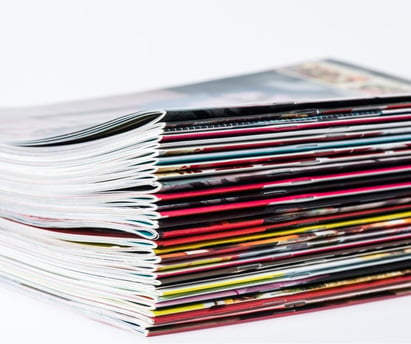
4. COMB, SPIRAL & THERMAL BINDING
These are the three methods that are frequently used to bind short-run books. In reality, comb binding involves a comb being threaded through several holes pierced into the book's edge. Similar holes are punched for spiral binding, however instead of using a comb, a coil made of metal and plastic is strung through the holes. A little differently, thermal binding involves heating the spine of the cover to melt adhesive into the book's pages.
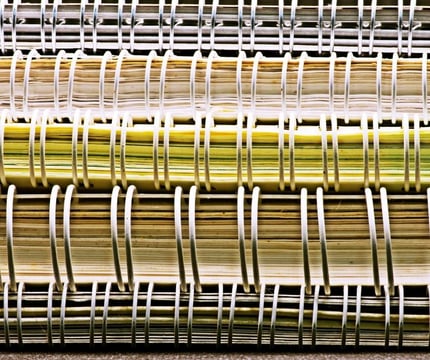
There are several ways to distinguish your publications. Your binding decisions should be guided by distribution needs. When printing your project, we want to assist you in making the greatest book binding choice possible. Contact Rex3 to chat with one of our print professionals about your upcoming print project.
